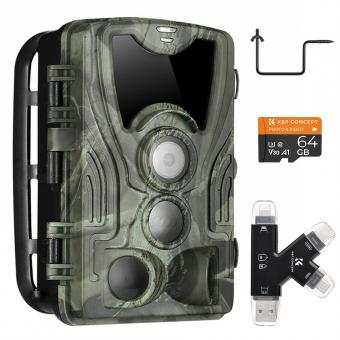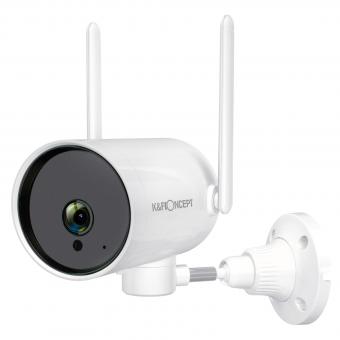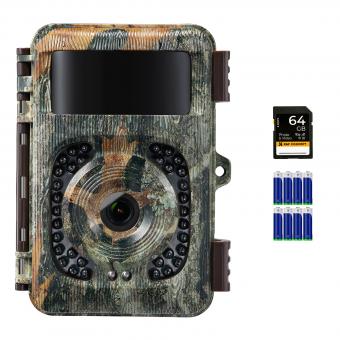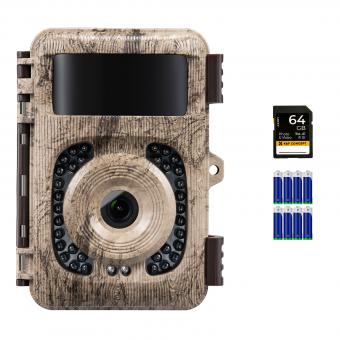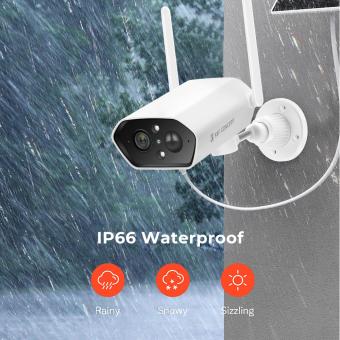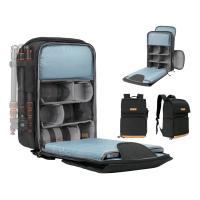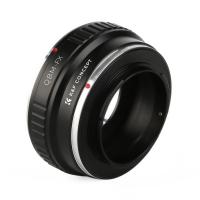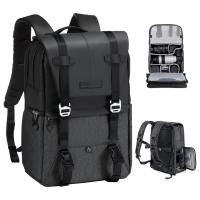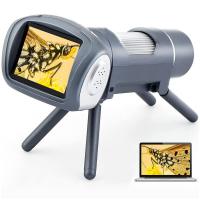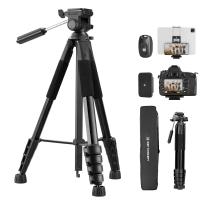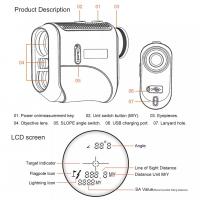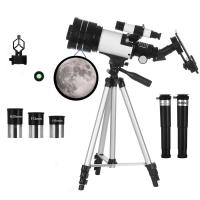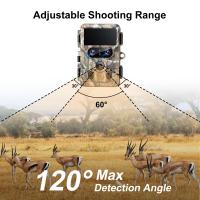How To Wifi Camera ?
To connect a WiFi camera, you need to follow these steps:
1. Power on the camera and make sure it is within range of your WiFi network.
2. Download the camera's app on your smartphone or tablet.
3. Open the app and follow the instructions to connect the camera to your WiFi network.
4. Once the camera is connected, you can view the live feed and adjust settings through the app.
It's important to note that the specific steps may vary depending on the brand and model of your WiFi camera. Be sure to consult the user manual or manufacturer's website for detailed instructions.
1、 Wireless connectivity
Wireless connectivity is a crucial aspect of modern technology, and it has revolutionized the way we interact with our devices. One of the most popular applications of wireless connectivity is in the field of security cameras. WiFi cameras are becoming increasingly popular due to their ease of use and convenience. These cameras can be easily installed and connected to your home network, allowing you to monitor your property from anywhere in the world.
To set up a WiFi camera, you will need to follow a few simple steps. First, you will need to choose a camera that is compatible with your home network. Most cameras come with a user manual that will guide you through the setup process. Once you have chosen your camera, you will need to connect it to your home network. This can be done by either connecting the camera directly to your router or by using a wireless bridge.
Once your camera is connected to your network, you will need to configure it. This will involve setting up the camera's IP address, port number, and other settings. You will also need to set up any necessary security features, such as passwords and encryption.
Overall, setting up a WiFi camera is a relatively simple process that can be completed by anyone with basic technical skills. With the latest advancements in wireless technology, WiFi cameras are becoming more reliable and secure, making them an excellent choice for home security.

2、 Camera setup and configuration
Camera setup and configuration is an essential step in ensuring that your wifi camera is functioning correctly. The first step is to ensure that your camera is compatible with your wifi network. Once you have confirmed compatibility, you can proceed to connect your camera to your wifi network. This can be done by following the manufacturer's instructions, which usually involve downloading an app and scanning a QR code to connect the camera to your network.
After connecting your camera to your wifi network, you can proceed to configure the camera settings. This includes setting up motion detection, adjusting the camera's field of view, and setting up alerts for when the camera detects motion. It is also important to ensure that your camera's firmware is up to date to ensure that it is functioning correctly and has the latest security updates.
In addition to the above steps, it is also important to consider the placement of your wifi camera. The camera should be placed in a location that provides a clear view of the area you want to monitor, and it should be placed out of reach of potential intruders. It is also important to ensure that the camera is protected from the elements if it is placed outdoors.
Overall, setting up and configuring a wifi camera requires careful attention to detail to ensure that the camera is functioning correctly and providing the necessary security. With the latest advancements in technology, wifi cameras have become more accessible and user-friendly, making it easier for homeowners to monitor their homes and keep their families safe.

3、 Network security and encryption
"Network security and encryption" is a crucial aspect to consider when setting up a WiFi camera. It is important to ensure that the camera is protected from unauthorized access and that the data transmitted is encrypted to prevent interception by hackers.
To ensure network security, it is recommended to use a strong and unique password for the camera's login credentials. Additionally, enabling two-factor authentication can add an extra layer of security. It is also important to keep the camera's firmware up to date to ensure any security vulnerabilities are patched.
Encryption is another important aspect to consider. The camera should use WPA2 encryption for its WiFi connection to ensure that the data transmitted is encrypted and secure. It is also recommended to use HTTPS for accessing the camera's web interface to ensure that any data transmitted between the camera and the user's device is encrypted.
In terms of the latest point of view, there has been an increasing concern about the security of IoT devices, including WiFi cameras. Manufacturers are now being urged to prioritize security in their products and provide regular firmware updates to address any security vulnerabilities. Additionally, users are encouraged to take an active role in securing their devices by following best practices such as using strong passwords and enabling two-factor authentication.

4、 Remote access and monitoring
Remote access and monitoring is one of the key features of a WiFi camera. To set up remote access, you need to connect your camera to your home WiFi network. This can be done by following the instructions provided with your camera. Once your camera is connected to your WiFi network, you can access it remotely from anywhere in the world using your smartphone, tablet, or computer.
To access your camera remotely, you need to download the manufacturer's app on your device. The app will allow you to view live video footage from your camera, as well as access other features such as motion detection, two-way audio, and video recording. Some cameras also come with a web interface that allows you to access your camera from a web browser.
The latest point of view on remote access and monitoring is that it is becoming increasingly important for home security. With the rise of smart homes and the Internet of Things, more and more people are using WiFi cameras to monitor their homes remotely. This allows them to keep an eye on their property while they are away, and to receive alerts if there is any suspicious activity.
Overall, setting up remote access and monitoring on a WiFi camera is a simple process that can be done by following the manufacturer's instructions. With remote access, you can keep an eye on your home from anywhere in the world, giving you peace of mind and added security.


